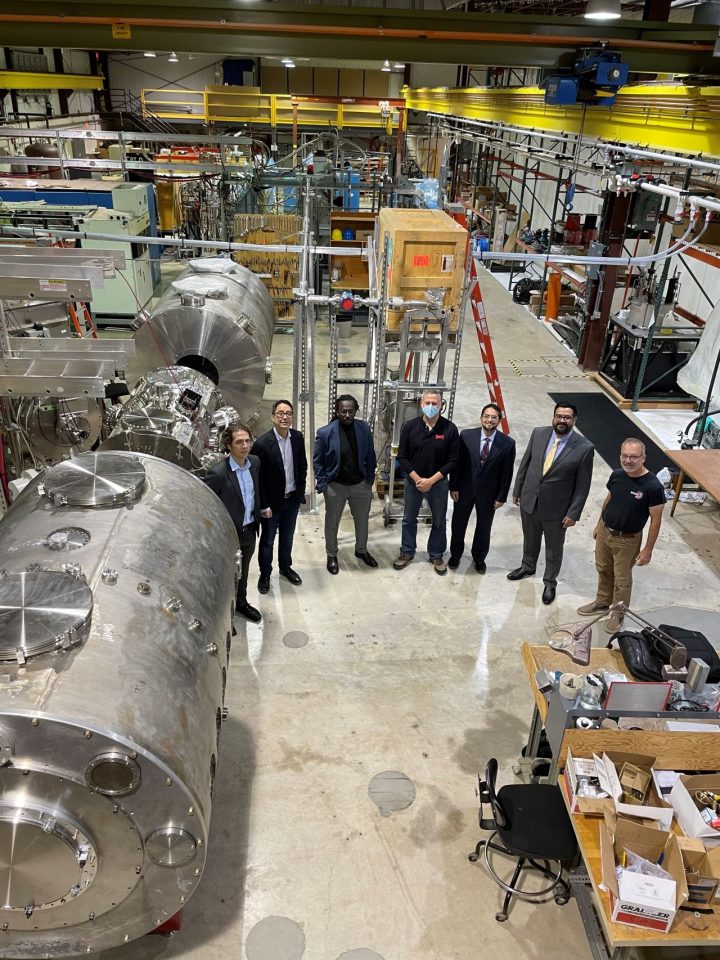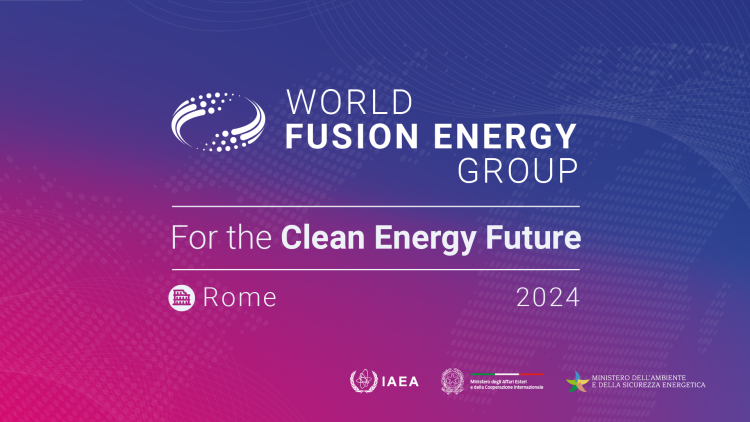A closer look at SPARC’s burning plasma ambitions

Cutaway of the SPARC engineering design. Image: CFS/MIT-PSFC, CAD rendering by T. Henderson
Seven open-access, peer-reviewed papers on the design of SPARC, Commonwealth Fusion Systems’ (CFS) fusion tokamak, written in collaboration with the Massachusetts Institute of Technology’s Plasma Science and Fusion Center, were published on September 29 in a special edition of the Journal of Plasma Physics.
The papers describe a compact fusion device that will achieve net energy where the plasma generates more fusion power than used to start and sustain the process, which is the requirement for a fusion power plant, according to CFS.
The timeline for this planned device sets it apart from other magnetic confinement fusion tokamaks: Construction is to begin in 2021, with the device coming on line in 2025.
CFS expects the device to achieve a burning plasma—a self-sustaining fusion reaction—and become the world’s first net energy (Q>1) fusion system. The newly released papers reflect more than two years of work by CFS and the Plasma Science and Fusion Center to refine their design. According to CFS, the papers apply the same physics rules and simulations used to design ITER, now under construction in France, and predict, based on results from existing experiments, that SPARC will achieve its goal of Q>2. In fact, the papers describe how, under certain parameters, SPARC could achieve a Q ratio of 10 or more.










